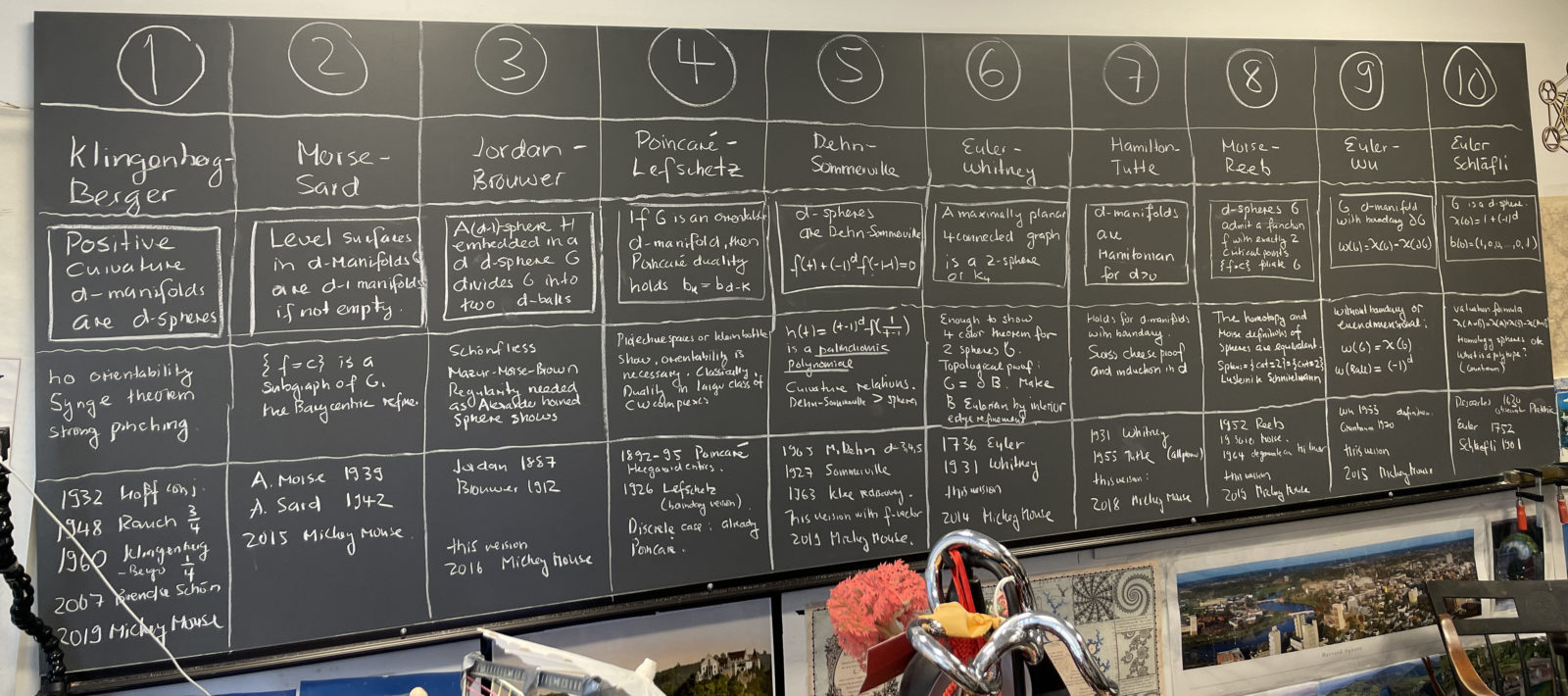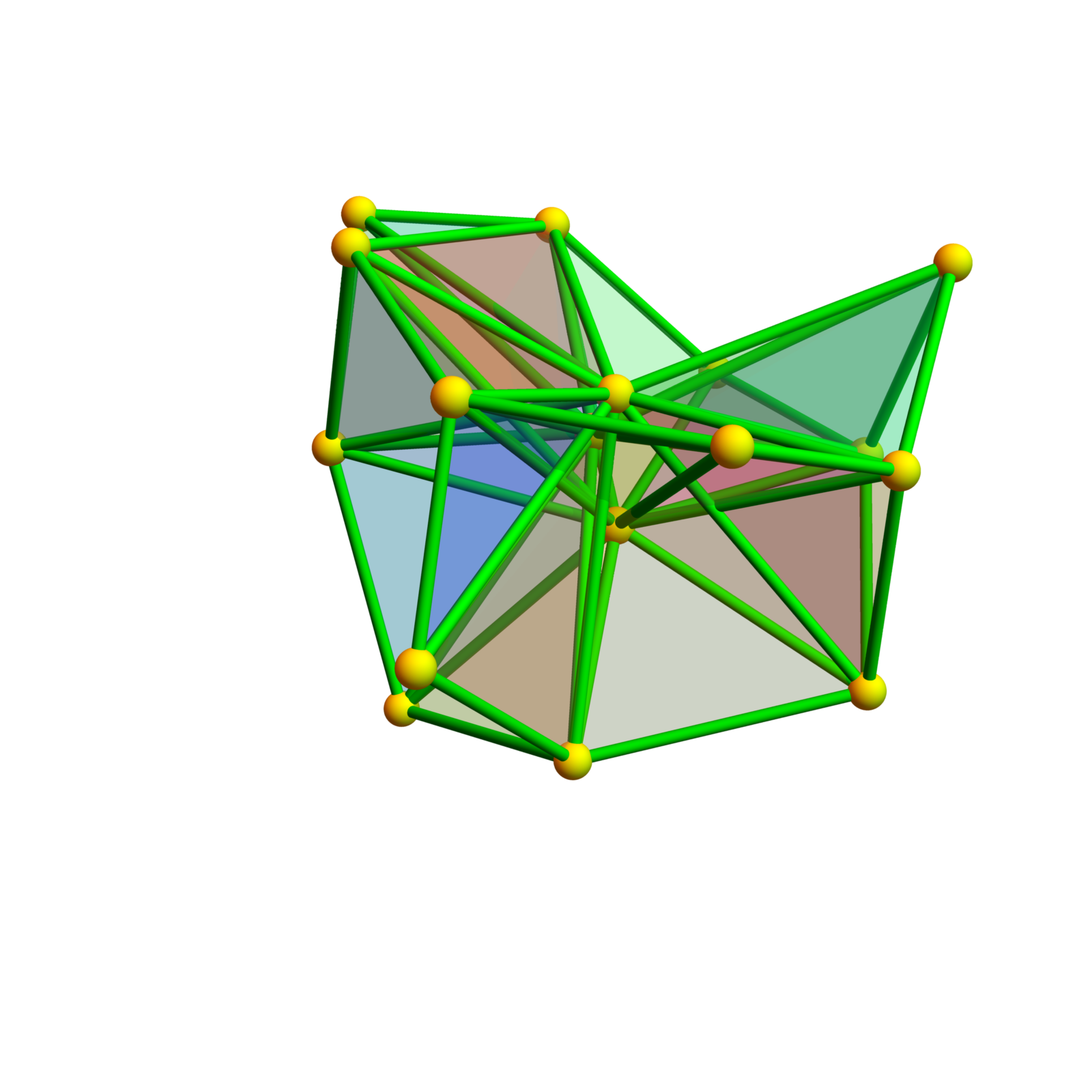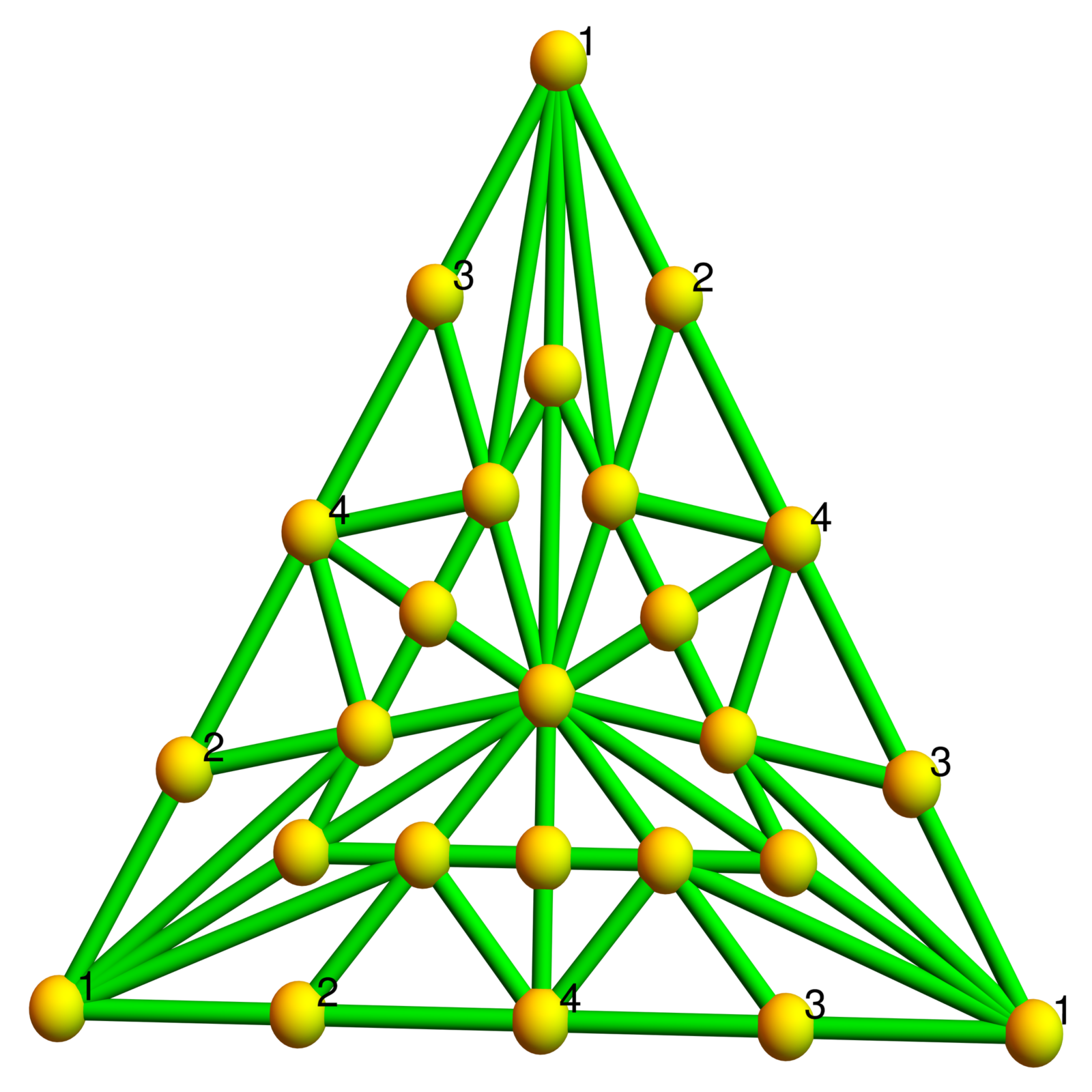
A presentation about 10 theorems on discrete manifolds. It hopes to illustrate that the elegant recursive definition is powerful. This has to be seen with the Lakatos background and on how convoluted and crazy the definitions of manifolds are in the continuum. Unlike graphs, which can be understood early on, sheaf theoretical constructions of manifolds need some mathematical maturity and training. I should also have commented more on the Lakatos theme, espcially in part 10. There is an especially spicy discussion in the 90ies by Hilton-Peterson and Gruenbaum-Shephard which is a bit funny because on both sides we see giant mathmaticians battling about relatively simple objects like polyhedra. The backdrop is that leading mathematicians were proving theorems which needed adjustements later on (which means of course that the theorems were false. The culprit usually is with definitions. (By the way, there is already a total mess in school geometry with polygons, where the definitons are all over the place: does one allow self-intersections or not, does one allow non-convex polygons etc etc). I tend to side more for Gruenbaum-Shephard as in topology one has started fresh and defined polyhedra as geometric realizations of simplicial complexes or CW complexes. While CW complexes are nice and elegant which [I have used them myself of course never referring to any Euclidean realization, that is a categorical betrayal as it switches to a more fancy mathematical foundation ZFC which might be inconsistent. The purely combinatorial definition can be seen in the proof of the unimodularity theorem (https://arxiv.org/abs/1612.08229)]. Still, I do not fancy CW complexes because they are less accessible. I learned about CW complexes first only in an algebraic topology course. It needs some maturity. Also, when you look at a CW complex, it is actually not a static object but comes with a time evolution; in some cases like simplicial complexes, the time evolution is simply dimension, but in general, we have to say, when a cell has been attached. For example, one usually explains the dunce hat as a CW complex. This is fine for a topologist. The picture below explains it to a small kid. In the Poincare-Lefschetz part of the video, I mention that one can do everything with sphere structures. In some sense, what happens in the oriented manifold case is that one can switch stable and unstable manifold in a Morse decomposition. Both Morse cohomologies are the same, this is why one has Poincare duality.
 |  |
By the way, just because contractibility and collapsibility are a “gotcha” definition pair, I avoid collapsibility and say homotopic to 1 if there is a sequence of contraction or reverse contraction steps which brings the graph to 1. Contractibility means that there is a sequence of contraction steps which brings the graph to 1. Homotopic to 1 is a hard problem because it involves the unsolvable word problems in group theory already for two dimensional complexes. Contractible is something one can check in a finite time, the time needed depends only on the size of the graph.
Here are the seconds of the video: Of course, each of the results would deserve an hour or more to get properly introduced. I’m especially sorry not to have given the proof of the Euler-Wu boundary theorem which is extremely simple using the fact of the monoid structure of spheres and balls and makes use of the hyperbolic structure we have in a discrete manifold. What is special about discrete manifolds is that unstable manifolds are spheres too.
Klingenberg-Berger Sphere theorem https://arxiv.org/abs/1910.02708
Morse Sard Regularity theorem https://arxiv.org/abs/1508.05657
Jordan Brouwer Separation theorem https://arxiv.org/abs/1506.06440
Poincare-Lefschetz Duality theorem
Dehn-Sommerville Symmetry theorem https://arxiv.org/abs/1905.04831
Euler-Whitney Planar graph theorem https://arxiv.org/abs/1412.6985
Hamilton-Tutte Hamiltonian manifold theorem https://arxiv.org/abs/1806.06436
Morse-Reeb Foliation theorem https://arxiv.org/abs/1903.10105
Euler-Wu Boundary theorem https://arxiv.org/abs/1601.04533
Euler-Schlaefli Euler gem theorem http://people.math.harvard.edu/~knill/graphgeometry/papers/mathtable_polishing_euler_gem.pdf

